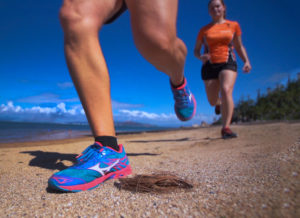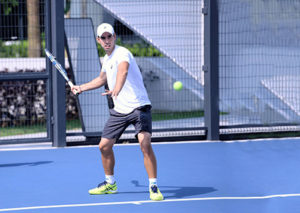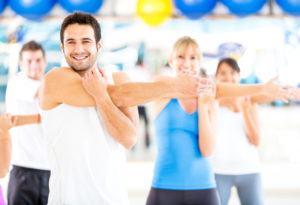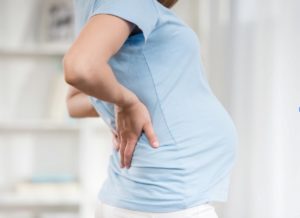The Ageing Athlete
Ageing is unavoidable. It is happening to us all. From the year 2000 through to 2030, the number of adults over 85 years of age will increase by 204%! However, there is a simple way to slow down the effects of ageing……and it is to behave like an athlete.
Currently most people older than 75 years of age have 3 or more chronic conditions such as high blood pressure, diabetes, cardiovascular disease or musculoskeletal disability and take no less than 5 medications. Chronic conditions are difficult and expensive to treat while the gradual impairment of vision, hearing and brain function are directly related to ageing. This is not a good outlook!!! However, it is all not bad news….we need to see ourselves as an ‘aging athlete’. Let me explain. The degenerative effects of ageing are most definitely modifiable and the primary strategy to achieve this is with regular and consistent EXERCISE. An enormous amount of research has been done studying the positive effects of exercise on the ageing process.






